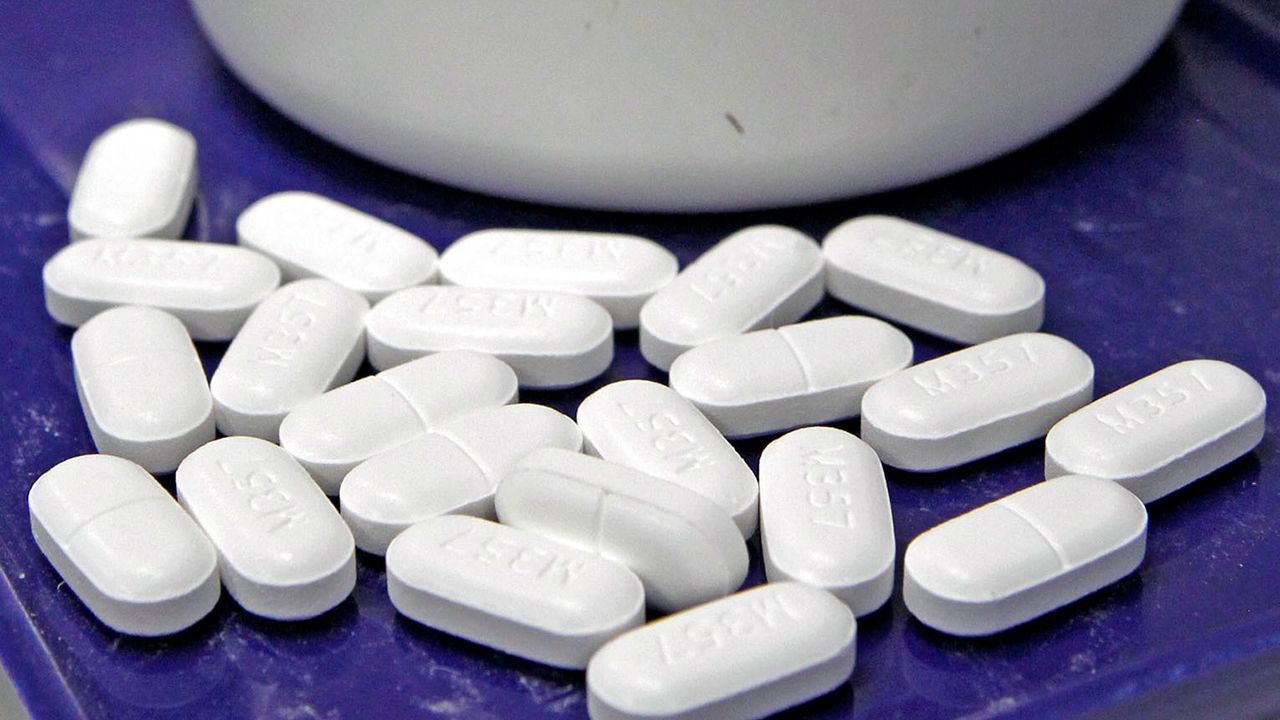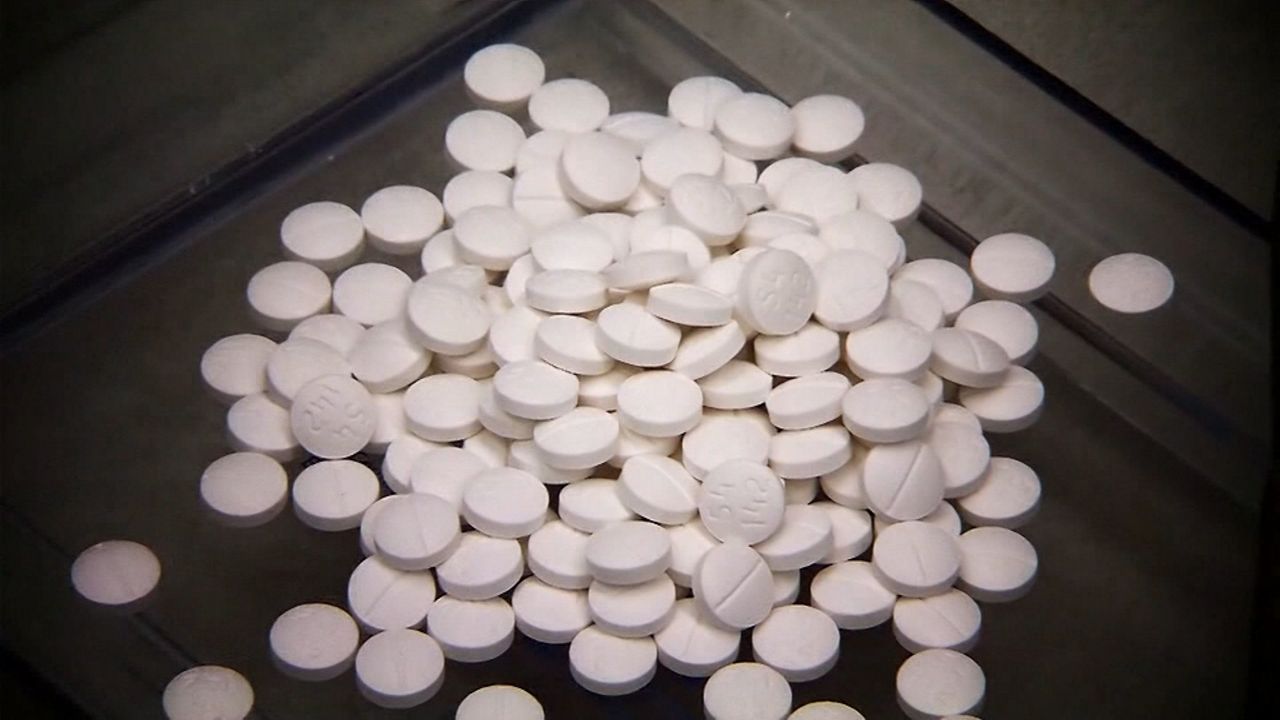Dear Reader,
Officials of Niagara, Chautauqua, and Erie counties reported an increase in overdose since the pandemic. Across New York, officials are battling two public health crises — the global novel coronavirus pandemic and the opioid epidemic.
But preventative measures for the pandemic are at odds with one of the building blocks of recovery — connecting with a community.
Below explores how different government agencies are addressing both public health crises.
If you have any information about substance use treatment in New York or are in recovery and would like to share your story, please email me at Camalot.Todd@Charter.com.
Spectrum News Buffalo will be resuming #IAm1in5 Facebook Lives soon. More details to come.
—Camalot K. Todd
The Opioid Epidemic During the COVID-19 Pandemic at the State Level:
New York filed its first charges in the Department of Financial Services (DFS) ongoing investigation against entities that perpetuated and created the opioid crisis.
Governor Andrew Cuomo announced that the department plans to secure $2 billion from the opioid manufacturers, distributors and pharmacy benefit managers in fall 2019.
DFS initiated administration proceeding and filed charges against the manufacturer Mallinckrodt plc and its subsidiaries, Mallinckrodt LLC and SpecGX LLC, which produced the most pills in the state with approximately 39 percent of the opioid pills in New York from 2006 to 2014.
From 2009-2019, that manufacturer supplied approximately 5 million New Yorkers, who were commercial health insurance, with over 1 billion opioid pills according to DFS.
"The worst frauds are those that go beyond individual harm to institutionalized systemic fraud, and the opioid scheme is no exception," Governor Cuomo said in a press release. "The opioid manufacturers knew how addictive and dangerous their products were and they used it as a business model for their own financial gain at the cost of thousands of human lives.”
Mallinckrodt violated two New York insurance laws — one prohibiting fraudulent insurance acts, and the other prohibiting intentional fraud or misrepresentation of material facts, according to DFS charges.
The hearing will begin on August 24, 2020. A full copy of the DFS charges can be found here.
The Opioid Epidemic During the COVID-19 Pandemic at the Local Level:
The Buffalo Police Department hosted a naloxone — a drug commonly used to address opioid overdose — handout on April 22.
This comes after the Erie County Medical Examiner’s Office saw about one suspected overdose each day in March. The deaths can’t be confirmed as opioid-related overdoses until toxicology tests are complete.
The Erie County Department of Health (ECDOH) renewed its warning that many drugs in the area may contain fentanyl, a deadly opioid.
ECDOH offers free naloxone to anyone who wants it, but recognizes that the distribution of this medication can be more challenging due to the COVID-19 pandemic.
For more information or to arrange and receive a free naloxone kit, call (716) 858-7695.
The Erie County Opiate Epidemic Task Force is working with the Buffalo Police Department and other agencies to distribute naloxone at grocery stores, food pantries and hotels.
Buffalo and Erie County Addiction Hotline from Crisis Services is available 24/7 at (716) 831-7007.
Immediate evaluation and access to buprenorphine for individuals seeking opioid treatment can be accessed through the Buffalo MATTERS program at all local hospital emergency departments.
The Cheektowaga Police Department and ECDOH participated in the Overdose Detection Mapping Application Program, which tracks non-fatal overdoses, since August 2017.
COVID-19 impacted where overdose victims are being found — from public places to residences and motels in Erie County notes Aliese Alter, senior program manager at the Overdose Detection Mapping Application Program.
The stay-at-home orders, which are changing the locations of overdoses, are also changing the method of harm reduction in the county, Alter continues.
Niagara and Chautauqua counties also saw an increase in overdoses, to learn more about those counties and the resources that exist, read this.
For more of our coverage on mental health amid the COVID-19 pandemic click on the links below:
- How To Talk to Your Children About COVID-19 To Ease Anxiety
- Manage Your Mental Health When Working From Home
- Tips To Cope With Anxiety From COVID-19
- Keeping Positive Mental Health During Social Distancing
- Stopping Misinformation From Spreading Amid the COVID-19 Pandemic
- WNY chapter of Alzheimer’s Association Offers Free Resources Amid COVID-19 Pandemic
- Local Mental Wellness Resource Guide Helps Connect WNY Amid COVID-19
- Addiction, Substance Use Help in WNY Amid the COVID-19 Pandemic
- Coronavirus Changing Telehealth for Behavioral, Mental Health in New York
- BryLin Uses Video, Telehealth To Help Children in Need of Mental Health Care Amid COVID-19
- Hochul Talks With Advocates To Address Mental Health Care for Students
- New York Emotional Hotline for Everyone, Buffalo Clergy Included










